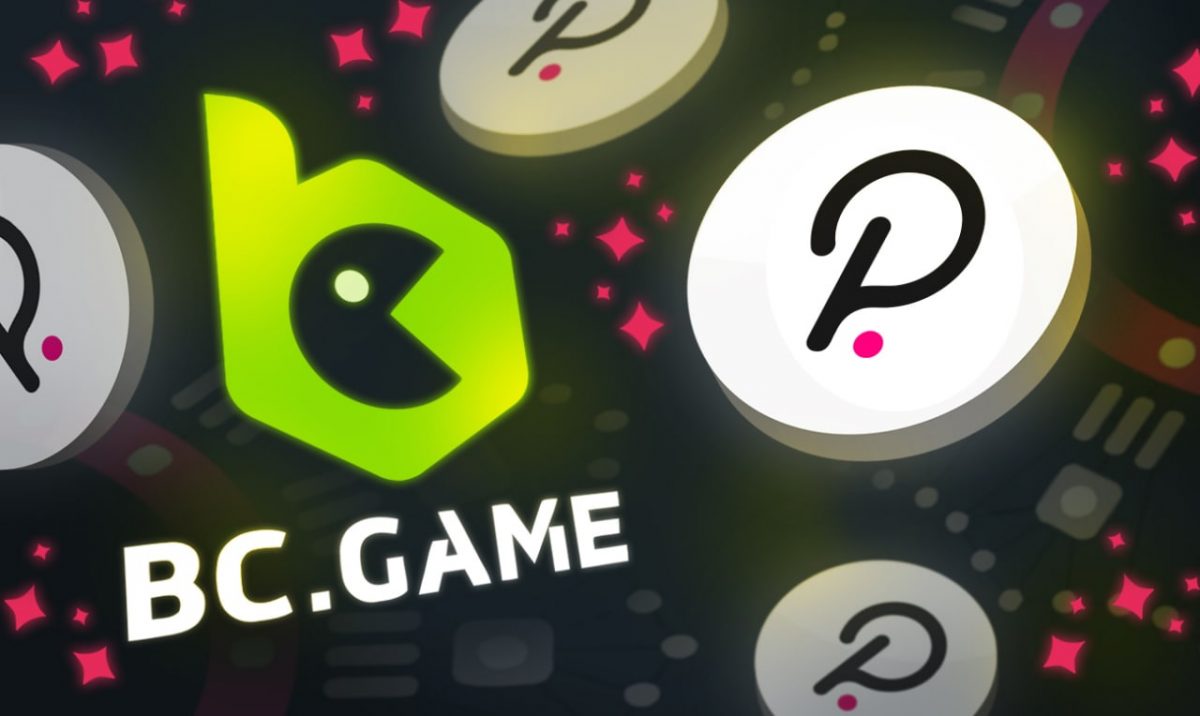Polkadot is fast emerging as a challenger to Ethereum in the decentralised application sector. The opening for this project comes from Ethereum’s challenges with the increasing load on its blockchain. Through its novel parachain implementation, Polkadot offers a real utility that can benefit DOT holders who may first need the token before transitioning to online gaming platforms like BC.GAME. Many online gambling enthusiasts on BC.GAME know about DOT tokens. It is one of the most promising tokens in the crypto space. It has appreciated almost 4X year-to-date and seems to have its best days ahead. Polkadot released 10 million tokens in 2017, and this project has only looked up ever since. Gavin Wood, an Ethereum co-founder, was instrumental in founding Polkadot. In this regard, it is very similar to Cardano, whose founder was also an Ethereum co-founder. The two have attracted the nickname “Ethereum killers.” Many analysts think they could be significant challengers to Ethereum’s dominance.
What is Polkadot Parachain?
Parachains are a specific type of data structure that gives Polkadot great utility. These chains run parallel to the Relay Chain on Polkadot. They are compatible with the validators of the relay chain. Even though Polkadot parachains mostly take the form of a blockchain, they don’t have to be actual blockchains. The parallel nature of the parachains enables them to process transactions separate from the main chain.
In contrast, Ethereum has the entire load on the Ethereum blockchain and got significant scalability problems as Ethereum gets more popular. The Polkadot parachain share in the entire network’s security and can communicate with each other through the XCM format. These parachains have a reference point in the form of a network maintainer known as a collator. The collator node maintains a full node of the parachain and retains information necessary from the parachain.
Accordingly, the network operates as a layer-one heterogeneous scalable multi-chain network and provides unparalleled security and interoperability. The role of the main Relay Chain is to provide layer-zero scalability and interoperability. This shared network for several parachains to communicate seamlessly offers excellent utility for the whole platform.
The Difference: Polkadot Parachain vs Competitors
Most existing blockchains consist of several interlinked cogs. Fundamentally, they have a consensus algorithm that aims to achieve reliability in networks with multiple unreliable nodes. The consensus mechanism ensures that the addition of new tokens or coins into the network happens securely. Standard consensus algorithms are Proof-of-Work and Proof-of-Stake. The former was the primary algorithm in the first few years before proof of stake showed its efficiency and took over. Ethereum developers decided to migrate to try and compete with emerging solutions like Polkadot. Existing blockchains show remarkable diversity in their constructions. Polkadot’s architecture is unique because it eliminates the need to build blockchains from scratch. This platform can be a protocol for protocols and offer blockchains and other protocols a shared environment to interact while focusing on their specific tasks. Polkadot has a unique experimental environment called Kusama for developers to bring new ideas to life.
Verification is a crucial aspect of Polkadot architecture. So many chains and protocols were interacting, raising security concerns. The Relay Chain and the parachains have automatic processes to secure the network and ensure Polkadot operates like a well-oiled machine. Parachains can have robust economies and native tokens. In this way, Polkadot replicates the Ethereum ecosystem format, only that the load is not on the Relay Chain. Parachains still have autonomy in implementing native tokens and fees and deciding on the original validity of transactions. The Relay Chain enforces the validity of these transactions. Notably, some parachains don’t have native tokens, and those have to make the economic case for their tokens.
DOT is At the Center of This Ecosystem
The centrality of DOT tokens to this ecosystem is what has traders excited. DOT has appreciated in the past year at margins similar to Bitcoin. With support from leading ramps, DOT’s utility also permeates to find crucial integration with online gambling platforms, of which BC.GAME stands out. DOT plays a vital role for Polkadot. For one, they are essential to the governance of this system, as expected. DOT holders have control over the protocol in voting and proposals as would be in the staking system.
The Relay Chain participants’ privileges on this platform are comparable to those of miners in other networks. Their participation in events like protocol upgrades is helpful in any network. For staking, game theory implementation incentivises token holders to behave honestly. Good stakers get rewards and help secure the network, while in return, they receive valuable DOT coins as rewards for every block validated. In the long run, DOT can become just like ETH. This coin sits at the centre of a potentially robust ecosystem.
Its fortunes depend on the success of this ecosystem, and Polkadot is at a crucial stage in achieving that. At the current valuation, crypto gambling enthusiasts can wager and get more of these tokens before future appreciation comes. Analysts believe DOT is grossly undervalued compared to competing protocols and has immense potential, especially with the upcoming Polkadot slot auction beginning mid-November 2021.
Conclusion
One remarkable thing about Polkadot is that it is still in the rollout process. Developers are still working on technical issues that will make it the final production grade. Polkadot is currently undertaking a Parachain rollout, and the slot auction is expected to be very competitive. Parachains need testing, auditing, and optimisation. As the Polkadot slot auction nears, DOT utility will become more apparent. Online crypto gambling fans on BC.GAME look to every release or development with scrutiny, and their eyes are on Polkadot and DOT ahead of the platform’s critical milestone. Admittedly, Cardano and Polkadot draw much excitement from gaming fans and traders, and rightfully so. Whether either of them could dethrone Ethereum is a matter of time. Polkadot developers have their work cut out to ensure they achieve that vision.














